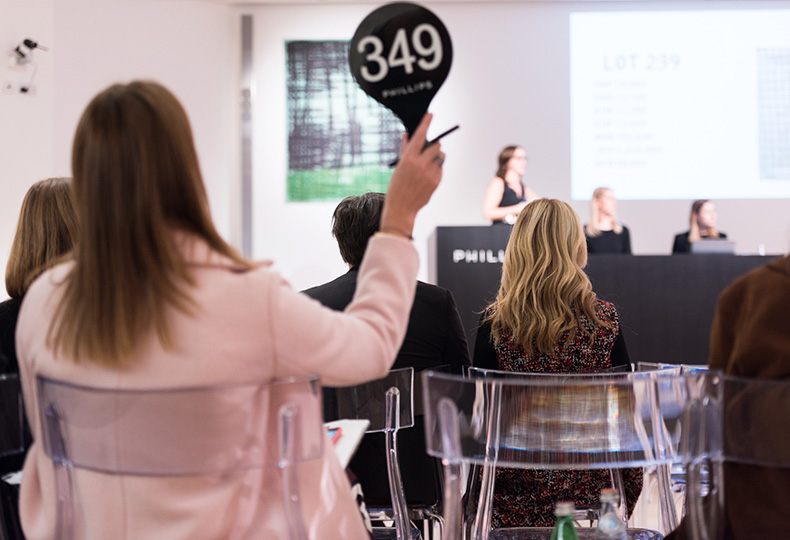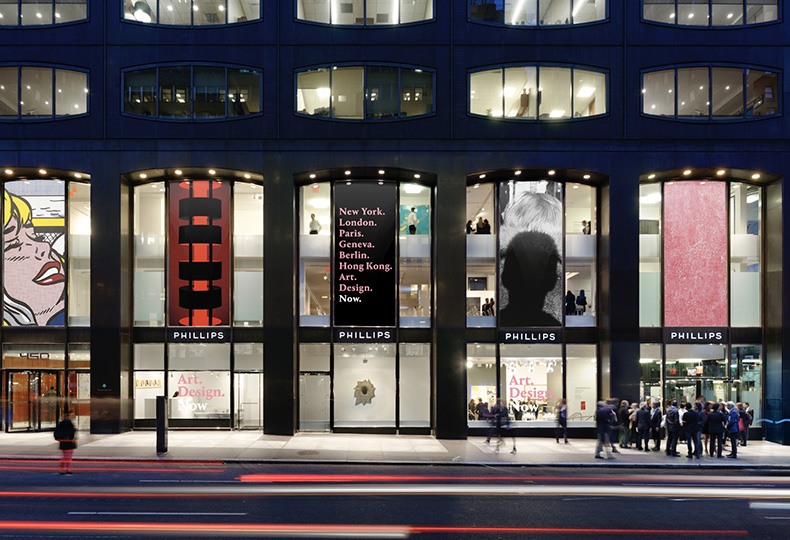
Question: how is the lot chosen for auction?
In the section "Question" we are looking for answers to difficult questions together with an expert from the field of design. This time Daria Sabelnikova, a senior project manager at Phillips the Auctioneers and founder of @betweenwindows gallery, talks about how the lot gets to the auction – as part of the topic of the month of Design Mate in March "Design as art".
 Daria Sabelnikova senior project manager at Phillips the Auctioneers and founder of @betweenwindows gallery
Daria Sabelnikova senior project manager at Phillips the Auctioneers and founder of @betweenwindows gallery
To put a lot on auction, the first thing you need is to contact the auction house and carry out the registration process, or consignment. At first, the owner of a lot sends its photo and information about it via email: author, title, year of creation, size, technique, circulation, provenance, etc. If the work is interesting to the auction house, the parties proceed to the evaluation process. In most cases, the work can be estimated from the photos, but if the lot is of great value, the auction house experts will want to see it in person.

After that, the terms of sale of work are discussed with the seller: the Commission of the auction house, at whose expense the delivery is conducted, insurance and photographing of the lot, marketing options (location in the gallery at the pre-auction exhibition, location in the catalogue, inclusion in the list of highlights, inclusion in the pre-auction tour) and other nuances. Terms of sale are always individual. The more the auction house is interested in your work, the more attractive conditions it is ready to offer! In most cases, we go from "8% commission, insurance and delivery – at the expense of the seller" to more profitable options for the seller.
UPON APPROVAL OF THE ASSESSED VALUE AND ALL THE CONDITIONS THE AGREEMENT IS SIGNED.
The auction house should get the lot about a month and a half before the auction to take a picture and describe it for the catalogue. If you fail to deliver the lot by this time, you can send a photo in high resolution in advance, and deliver the lot for the pre-auction exhibition. Such manoeuvres are not welcomed by auction houses, but also possible.

Before the auction, the auction house may contact you to discuss the reserve price for your lot. The reserve price is the price below which the owner is not ready to sell the lot. It is often equal to the lower estimate, but as agreed upon with the seller and upon the recommendation of the auction house it may be slightly reduced.
If the lot has been sold at auction, congratulations - now you just have to wait for your payment. If not, you will have to take the work back from the auction house and think about the further strategy of its sale. Unsold work, of course, can be auctioned again, but not immediately, it should take some time (and the buyers and the auction house want to see new, not over-exposed lots at auction) and, most likely, with a lower estimate.

